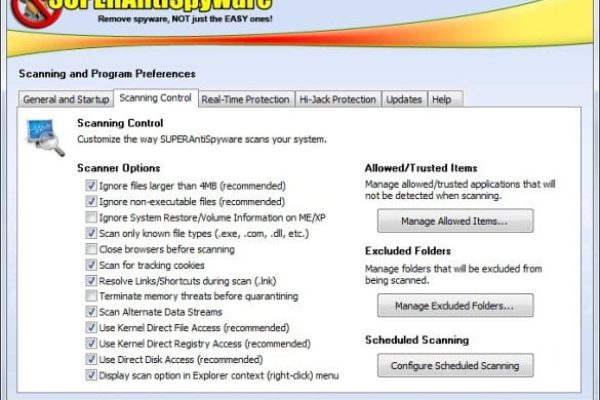
Or, it could be a powerful antivirus or antimalware solution that provides holistic protection, with the ability to detect and remove spyware programs as well.
#Superantispyware review cnet software
See More: What Is Biometric Authentication? Definition, Benefits, and Tools Top 10 Anti-spyware in 2022Īnti-spyware may include dedicated software products that detect and remove spyware from your system. When choosing an antivirus or anti-spyware program, there are some features you must watch out for, such as automated scanning, real-time protection, false-positive reduction, automatic cleaning, and overall operating system (OS) compatibility. Anti-spyware also prevents annoying pop-up ads that redirect to unwanted and sometimes harmful websites.

Therefore, your privacy is secured at every possible moment.
#Superantispyware review cnet free
First, they prevent you from inadvertently downloading them, and if they detect already installed malicious software, anti-spyware will remove them.Īnti-spyware or, more commonly, antivirus programs, perform routine scans on your computer, going through every part of the OS and background data to ensure your computer is free from malware. An anti-spyware software gives an upper hand in the fight for privacy and against spyware programs. Spyware can lead to identity theft and online scams. It may even redirect you to sites you did not intend to open.įor organizations, spyware can transmit the personal information of your clients and users. Also, spyware is always actively running in the background of your computer and can drastically slow down your system’s speed. This information can range from the sites you like to visit, what product you were found browsing about, your passwords, credit card details, etc. Spyware gathers information about you without your knowledge and transmits that information to a third party without your approval.

He decided to build the first anti-spyware program, OptOut, which marked the beginning of anti-spyware production. In 1999, Steve Gibson discovered an advertising software or adware on his computer but believed it also transmitted his private information.

However, the general public first used the term ‘spyware’ in late 1995 when they referred to tiny hidden equipment used for monitoring purposes. In the ’90s, spyware was created closely following the invention of adware. Anti-spyware detects these spyware programs based on downloaded definition files that can recognize the common active spyware. It is malicious software installed on a computer without the user being aware, designed to collect information about the person or organization using the computer. Spyware is one of the most severe threats to data safety on a computer system.


 0 kommentar(er)
0 kommentar(er)
